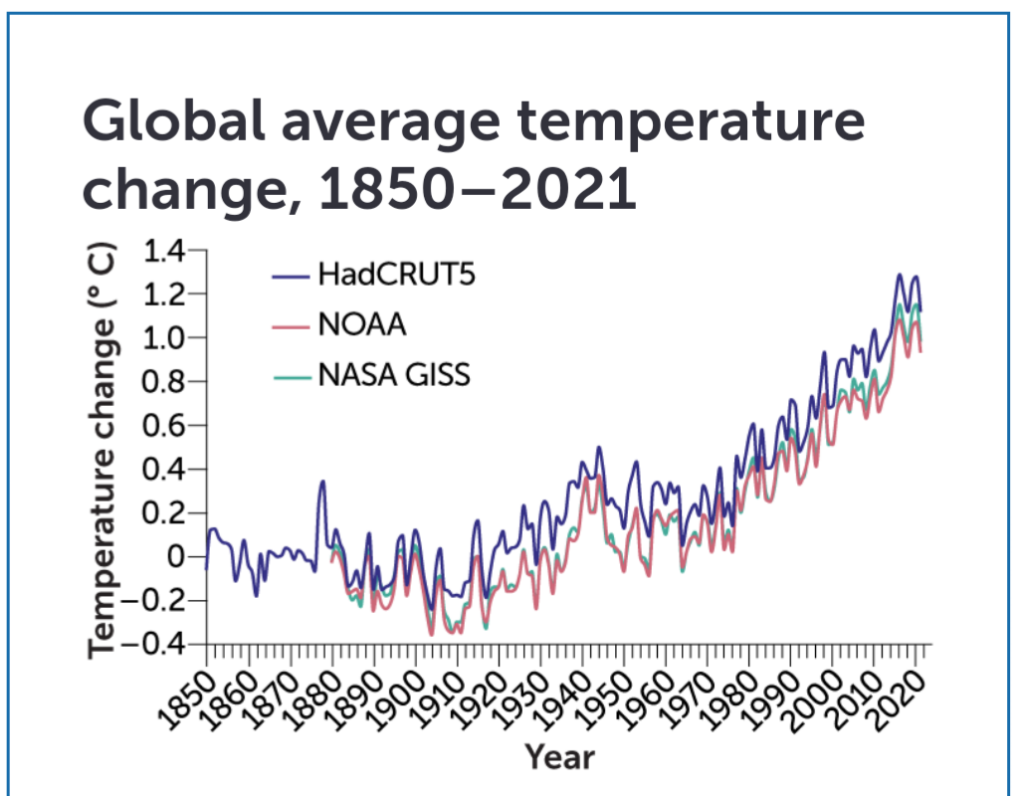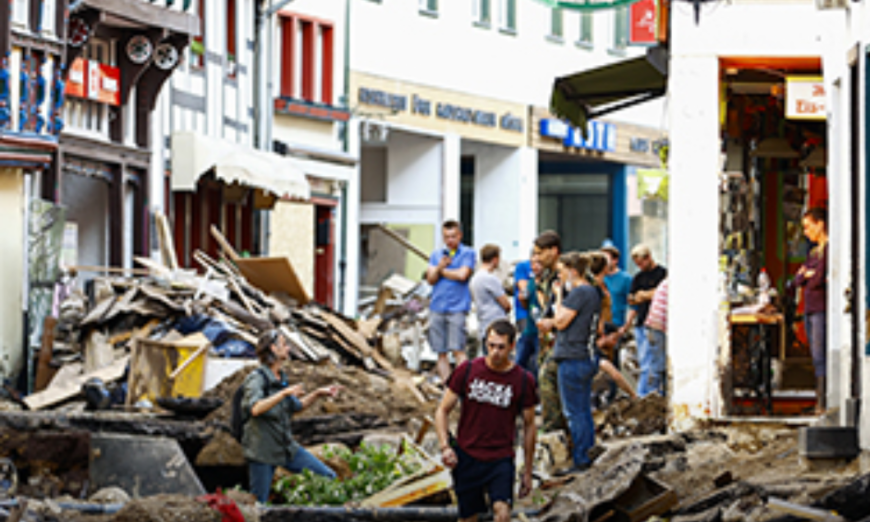By, Alexandra Witze.
State of emergency.
Even in a world increasingly battered by weather extremes, the summer 2021 heat wave in the Pacific Northwest stood out. For several days in late June, cities such as Vancouver, Portland and Seattle baked in record temperatures that killed hundreds of people. On June 29 Lytton, a village in British Columbia, set an all-time heat record for Canada, at 121° Fahrenheit (49.6° Celsius); the next day, the village was incinerated by a wildfire.
Within a week, an international group of scientists had analyzed this extreme heat and concluded it would have been virtually impossible without climate change caused by humans. The planet’s average surface temperature has risen by at least 1.1 degree Celsius since preindustrial levels of 1850–1900, because people are loading the atmosphere with heat-trapping gases produced during the burning of fossil fuels, such as coal and gas, and from cutting down forests.
A little over 1 degree of warming may not sound like a lot. But it has already been enough to fundamentally transform how energy flows around the planet. The pace of change is accelerating, and the consequences are everywhere. Ice sheets in Greenland and Antarctica are melting, raising sea levels and flooding low-lying island nations and coastal cities. Drought is parching farmlands and the rivers that feed them. Wildfires are raging. Rains are becoming more intense, and weather patterns are shifting.

The roots of understanding this climate emergency trace back more than a century and a half. But it wasn’t until the 1950s that scientists began the detailed measurements of atmospheric carbon dioxide that would prove how much carbon is pouring from human activities. Beginning in the 1960s, researchers began developing comprehensive computer models that now illuminate the severity of the changes ahead.

Long-term climate datasets show that Earth’s average surface temperature (combined land and ocean) has increased by more than 1 degree Celsius since preindustrial times. Temperature change is the difference from the 1850–1900 average.
Today we know that climate change and its consequences are real, and we are responsible. The emissions that people have been putting into the air for centuries — the emissions that made long-distance travel, economic growth and our material lives possible — have put us squarely on a warming trajectory. Only drastic cuts in carbon emissions, backed by collective global will, can make a significant difference.
“What’s happening to the planet is not routine,” says Ralph Keeling, a geochemist at the Scripps Institution of Oceanography in La Jolla, Calif. “We’re in a planetary crisis.” Alexandra Witze.
Cover Photograph, ABDULHAMID HOSBAS/ANADOLU AGENCY VIA GETTY IMAGES.
Courtesy and Thanks to Science News.

